W.A. Native Road Verge
Montie's verge in East Victoria Park is a W.A. native road verge and was first planted with native tubestock in 2014.
For many years before, the verge consisted of one street tree and compacted dry brown grass. Residents and visitors regularly used this verge for a car park. Unfortunately some drivers still consider it a car park! Sadly, many residents do not know, or care, about the beauty and environmental advantages of having a W.A. native road verge. Montie does and some neighbours are beginning to appreciate it too!
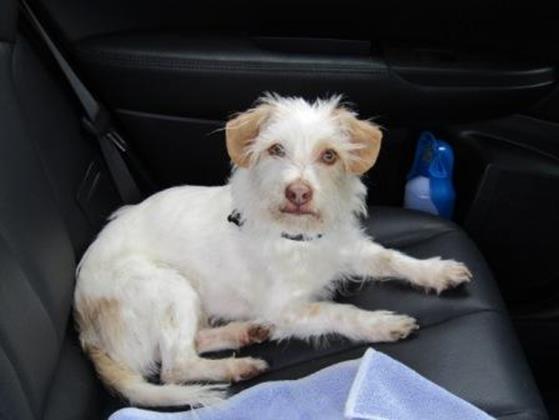
Montie who considers that he owns the road verge outside his house in the suburb of East Victoria Park.
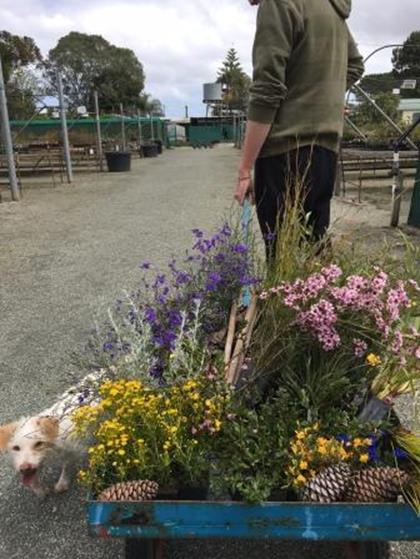
Here is Montie last week helping to choose tubestock in our nursery of Western Australian natives plants for adding to the his road verge and front garden.
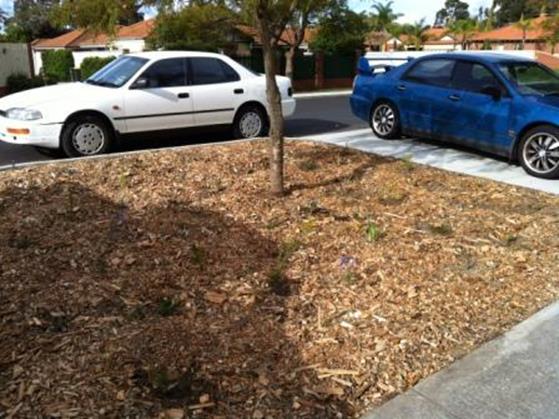
August 2014 the planting of Montie's road verge was started.
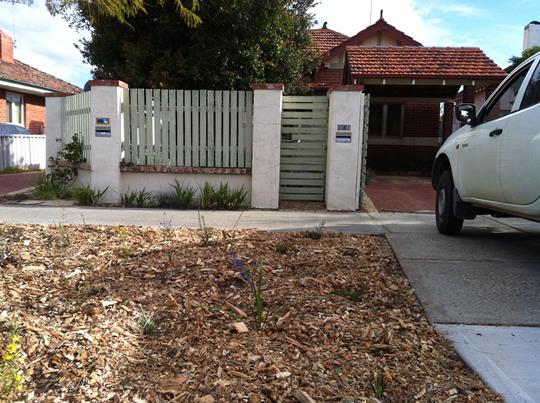
Another photo of this newly planted W.A. native road verge August 2014.
This photo was taken just after the planting using tubestock plants in August 2014. The best way to achieve success when planting is to use native tubestock plants that can grow in the soil type of the road verge. The soil type of East Victoria Park is grey Bassendean Sand. Plants suitable for this soil type were chosen.
We can assist you in our retail nursery to choose the right plants for your road verge.
It is important when planting to dig deep and wide holes. This breaks the compaction of the sand and makes it much easier for the roots of the native plants to penetrate downwards. This planting method will create a very waterwise verge that will require little or no watering, particularly during the summer months. When plants have been grown in square tubes the roots do not root bind (go round and round in the tube or pot). This helps the plants to establish much quicker. Using a rough mulch such as in this photo is helpful as it keeps the surface of the sand cooler in summer and it also helps to supress weeds. However, mulching is not essential. If you want to plant up your verge or garden with natives on a tight budget, just buy tubestock and be prepared to dig big holes. Do not install irrigation. Once established this road verge will survive with little (from a hose and tap) or no irrigation. When doing the 'little' irrigation, it does not mean 'little and often' which encourages shallow rooted, unhealthy plants. It means that the plants should be watered seldom but thoroughly.
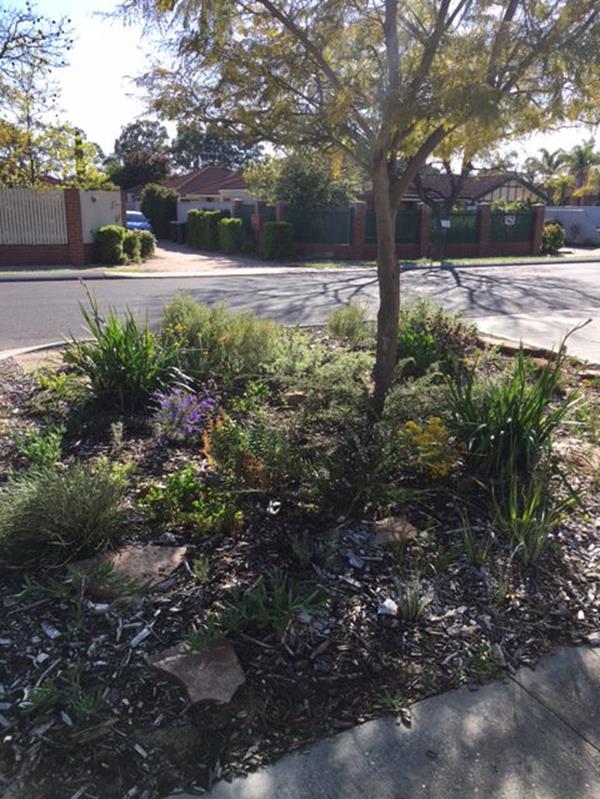
2016, in 2 years the verge has grown from nothing to this attractive W.A. native road verge.
This road verge E. Victoria Park is different to all the other verges in the street. A few look like the ones on the opposite side of the road in the above photo. They are manicured lawn and require a lot of water to keep them a beautiful green. This type of road verge not only requires valuable water, but also maintenance work like regular mowing and weeding. Almost all of the other verges in this street in East Victoria Park are just brown grass and weeds. They do not require any water and maintenance but they are so unattractive and HOT! Having a nice ever-green (which W.A. native always are) road verge, particularly if a tree or trees can be included, this helps to keep the street and neighbouring homes much cooler. The residents will also discover that they attract birds.
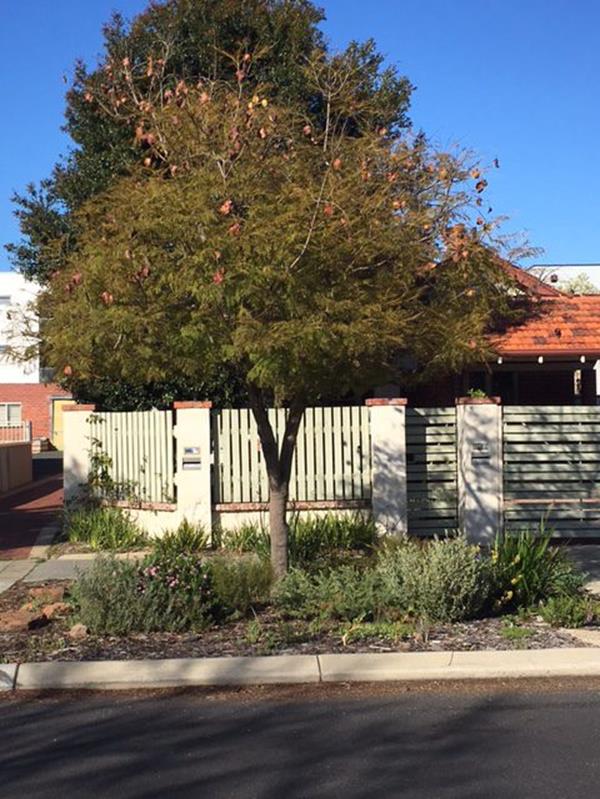
Another photo of this W.A. native road verge in 2016.
]
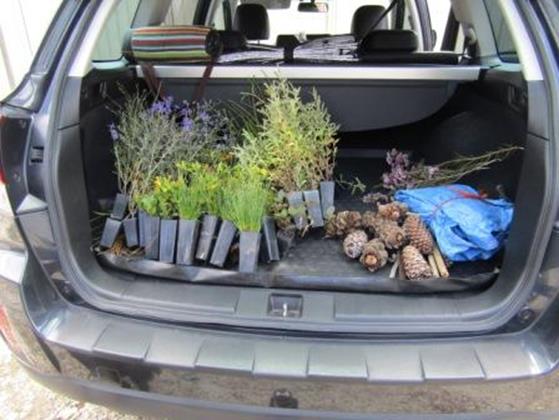
Using tubestock when you are planting is not only the best way to establish an Australian native garden, the plants are easily purchased from our retail nursery and can be transported in the car boot.